We use cookies and other technologies to personalize your experience and collect analytics.
Will-o’-the-wisp
Sanya Kantarovsky and Camille Blatrix
Sanya Kantarovsky and Camille Blatrix
Will-o’-the-wisp
21 April – 22 May 2021


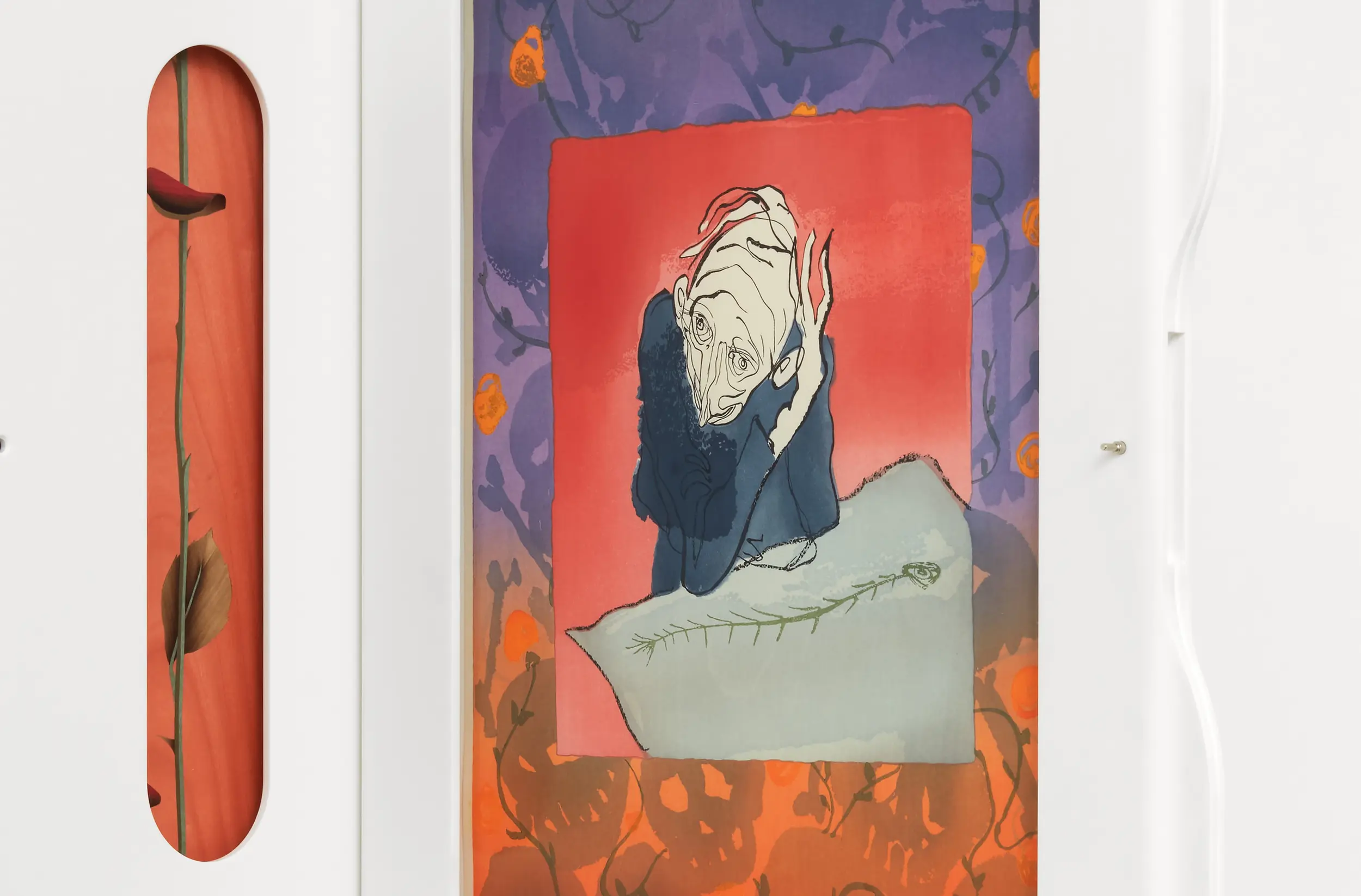
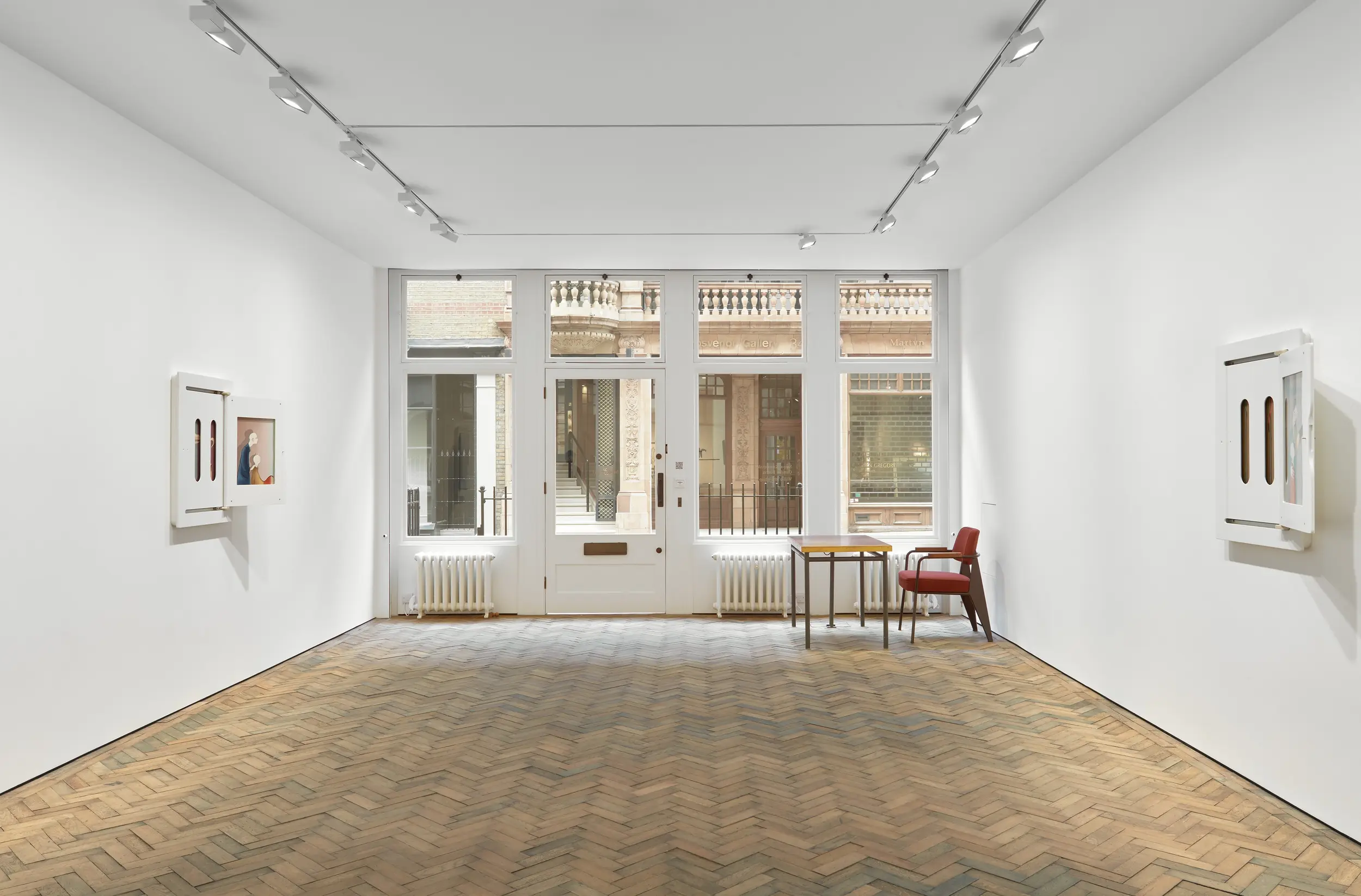
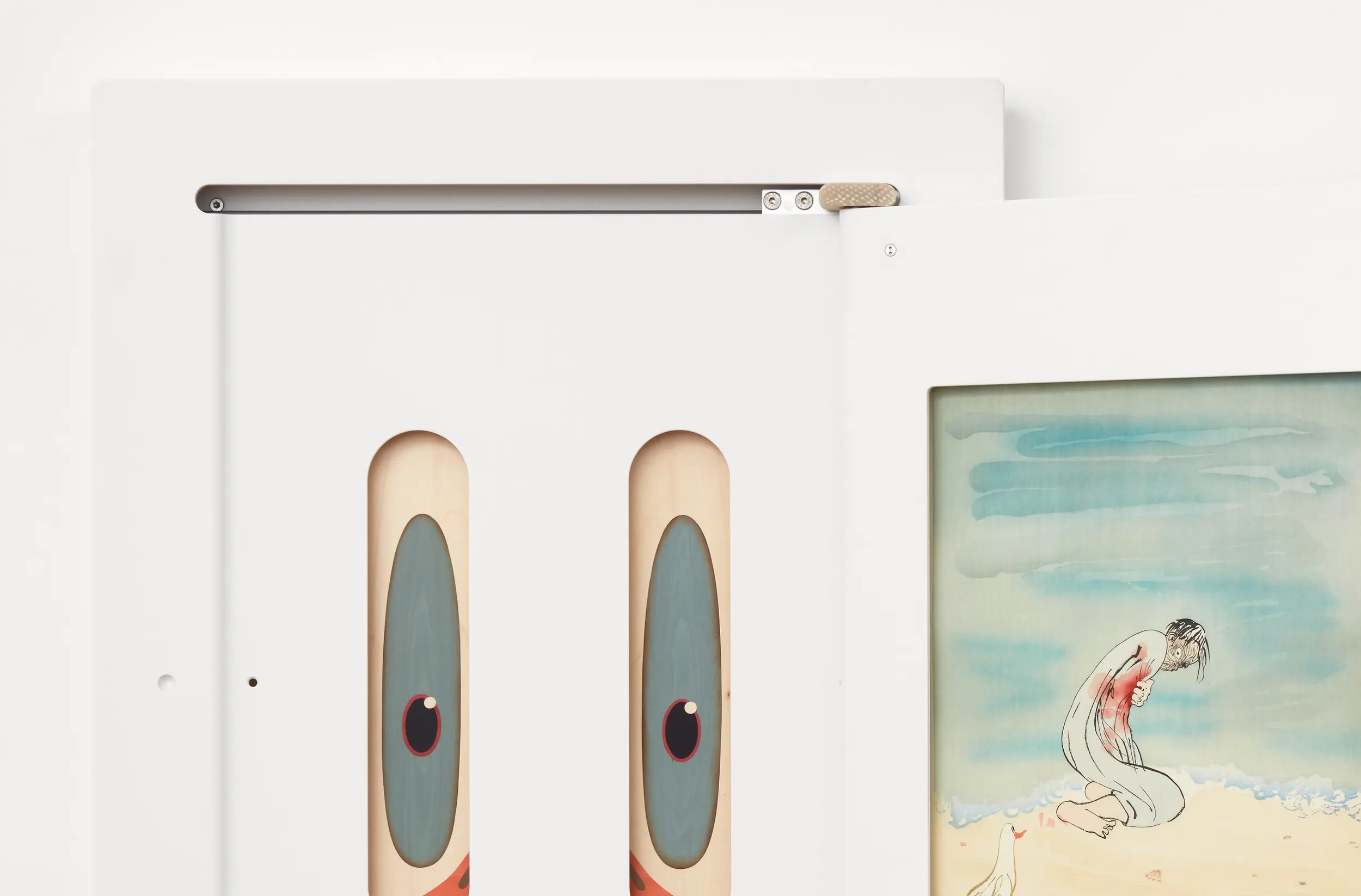
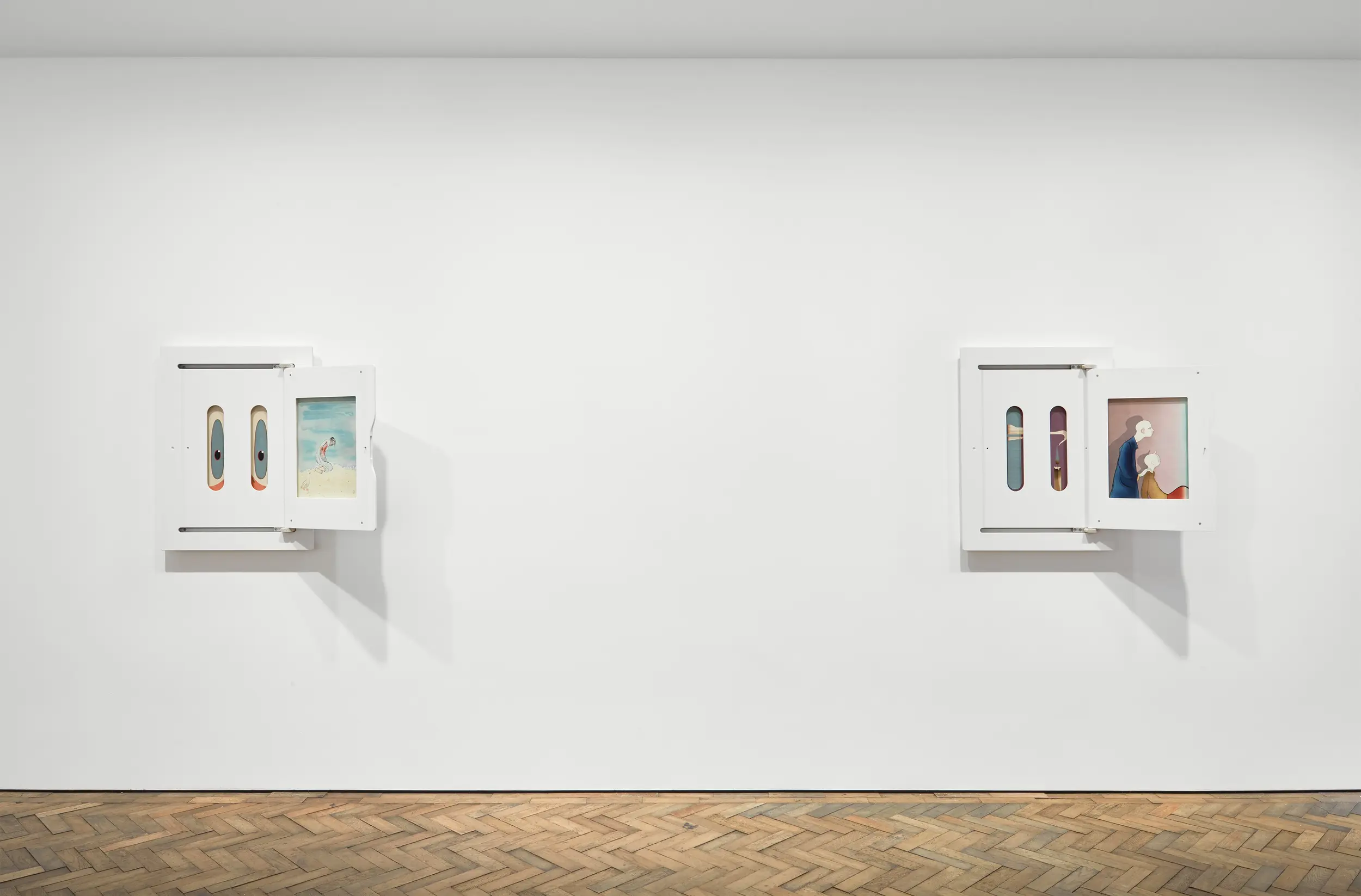
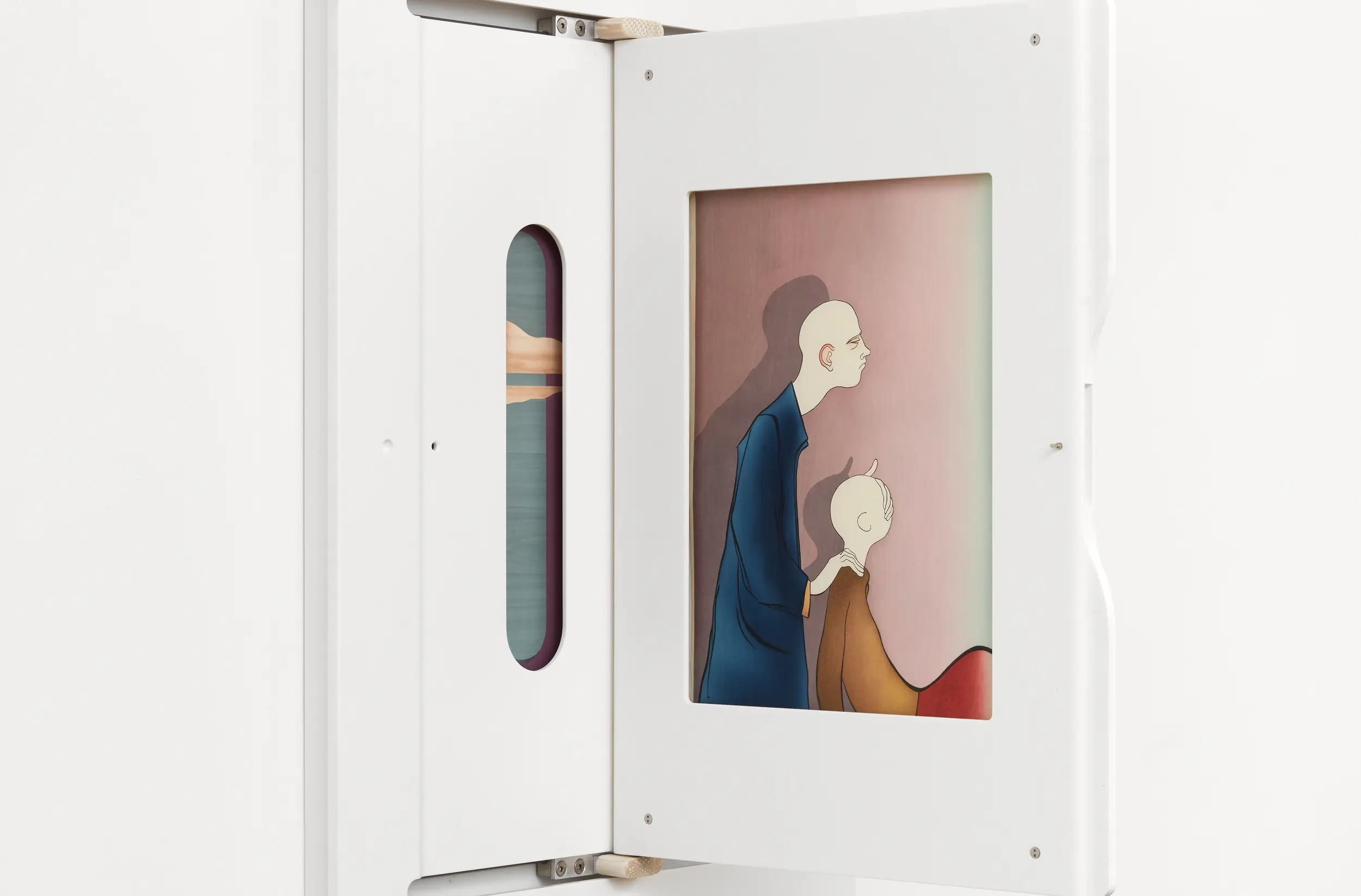
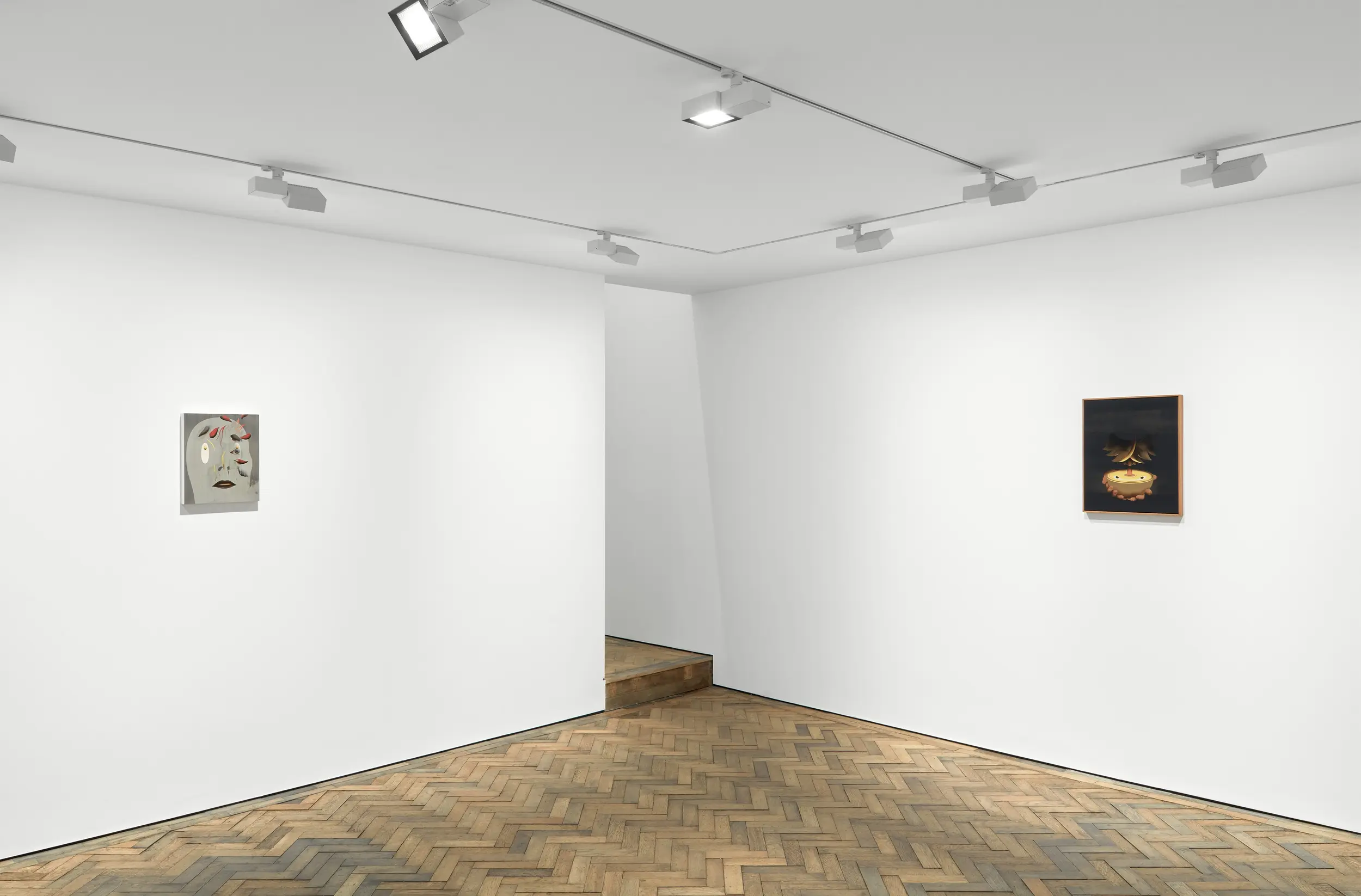


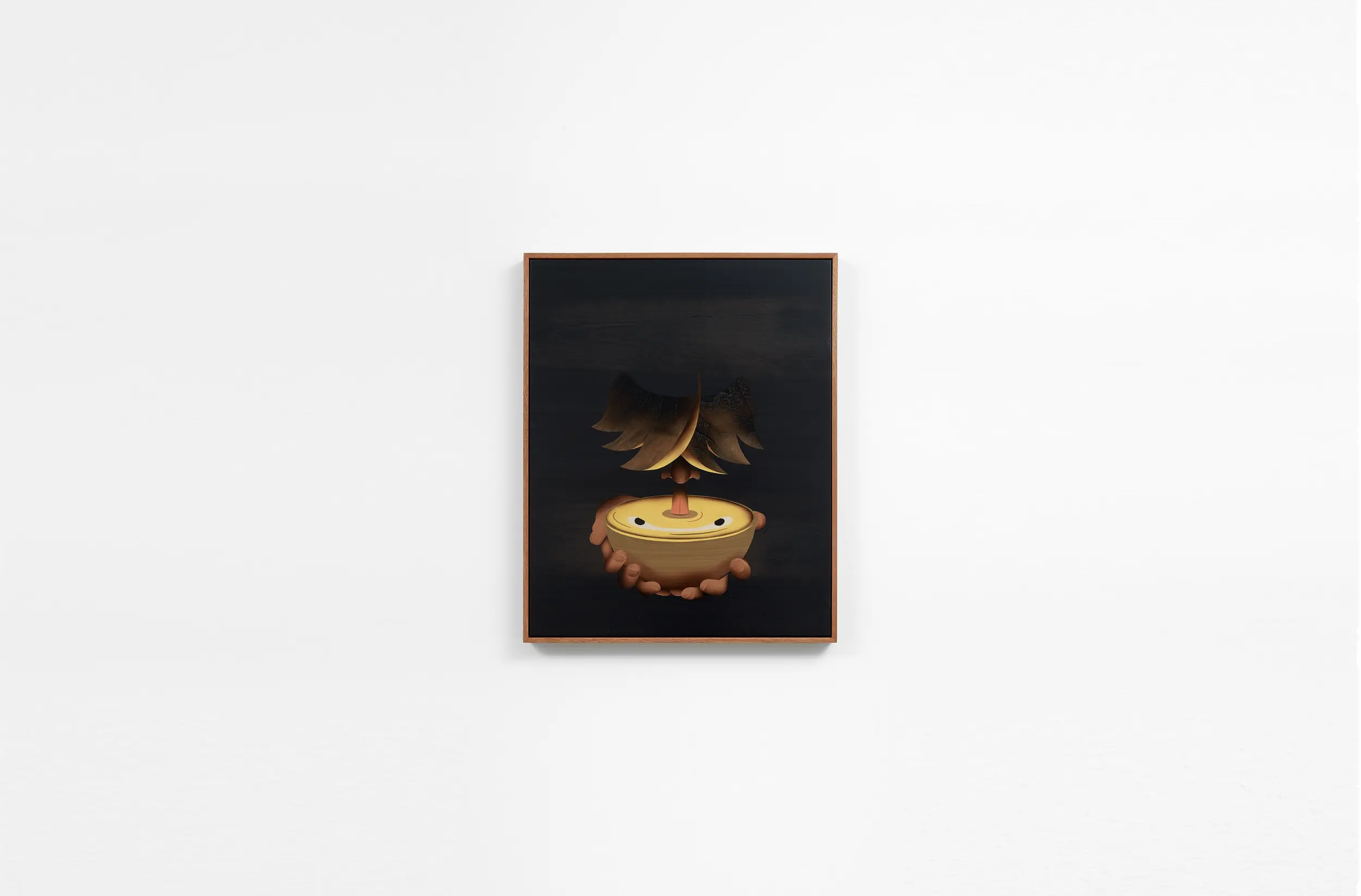
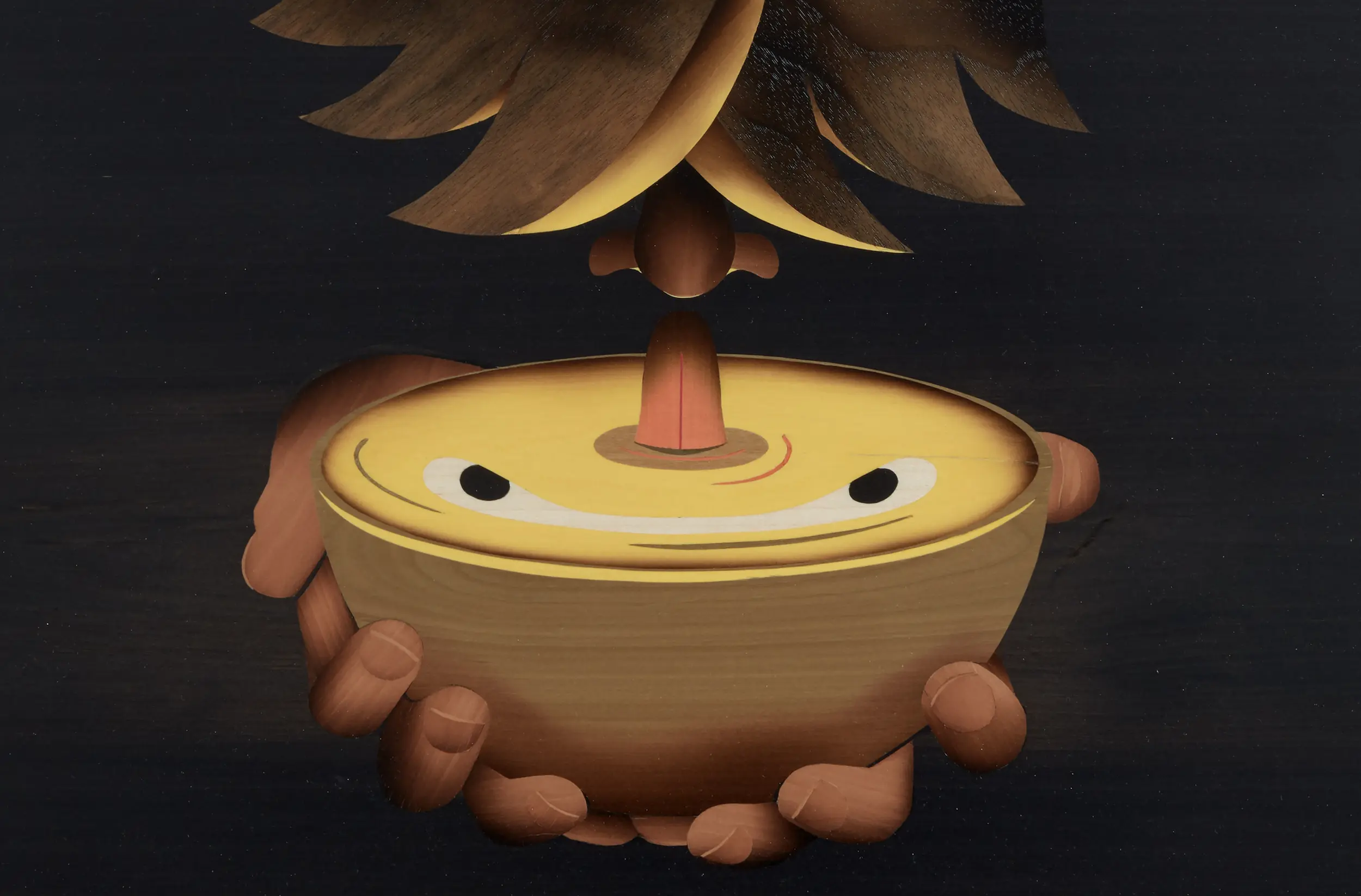
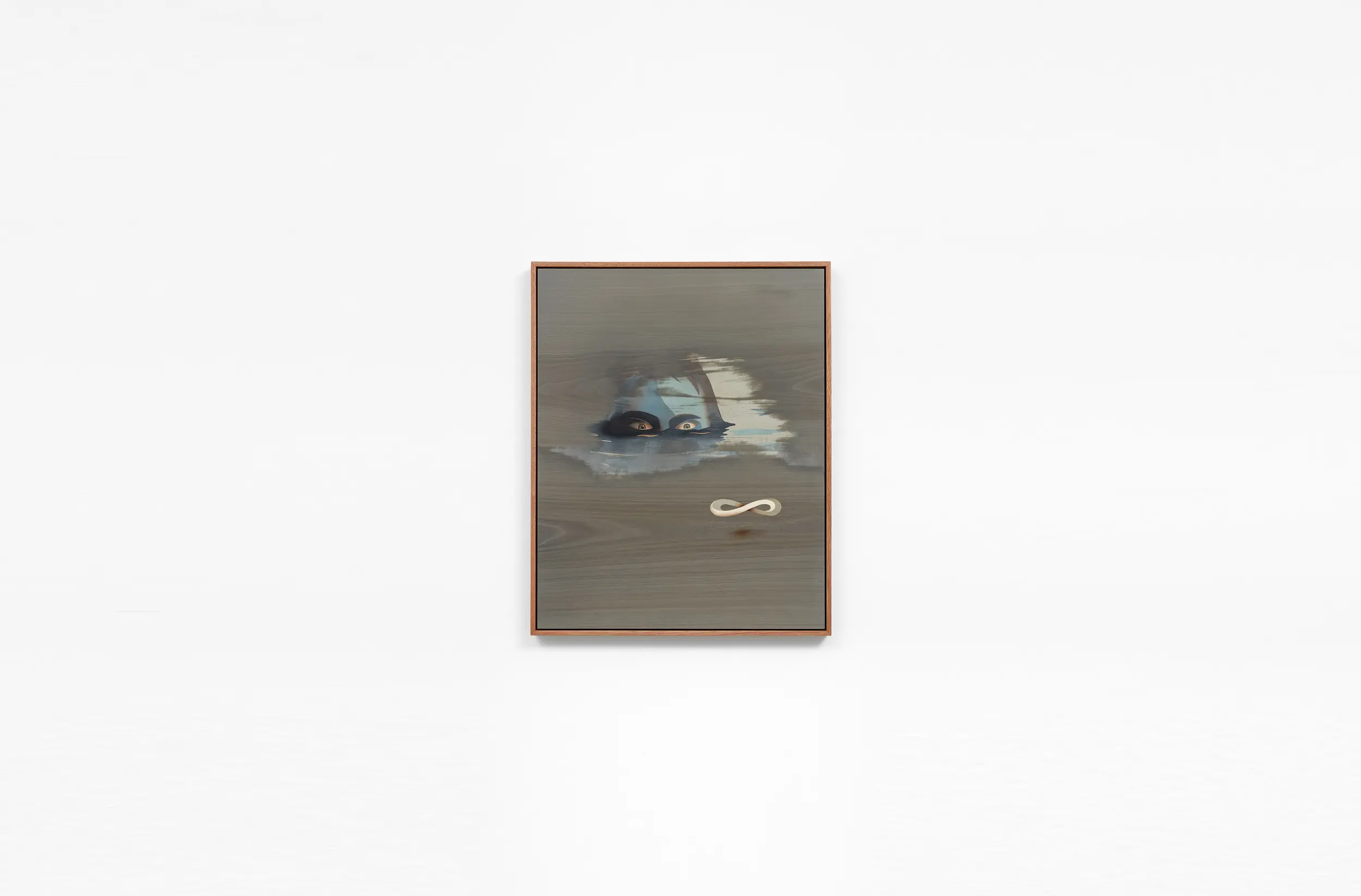
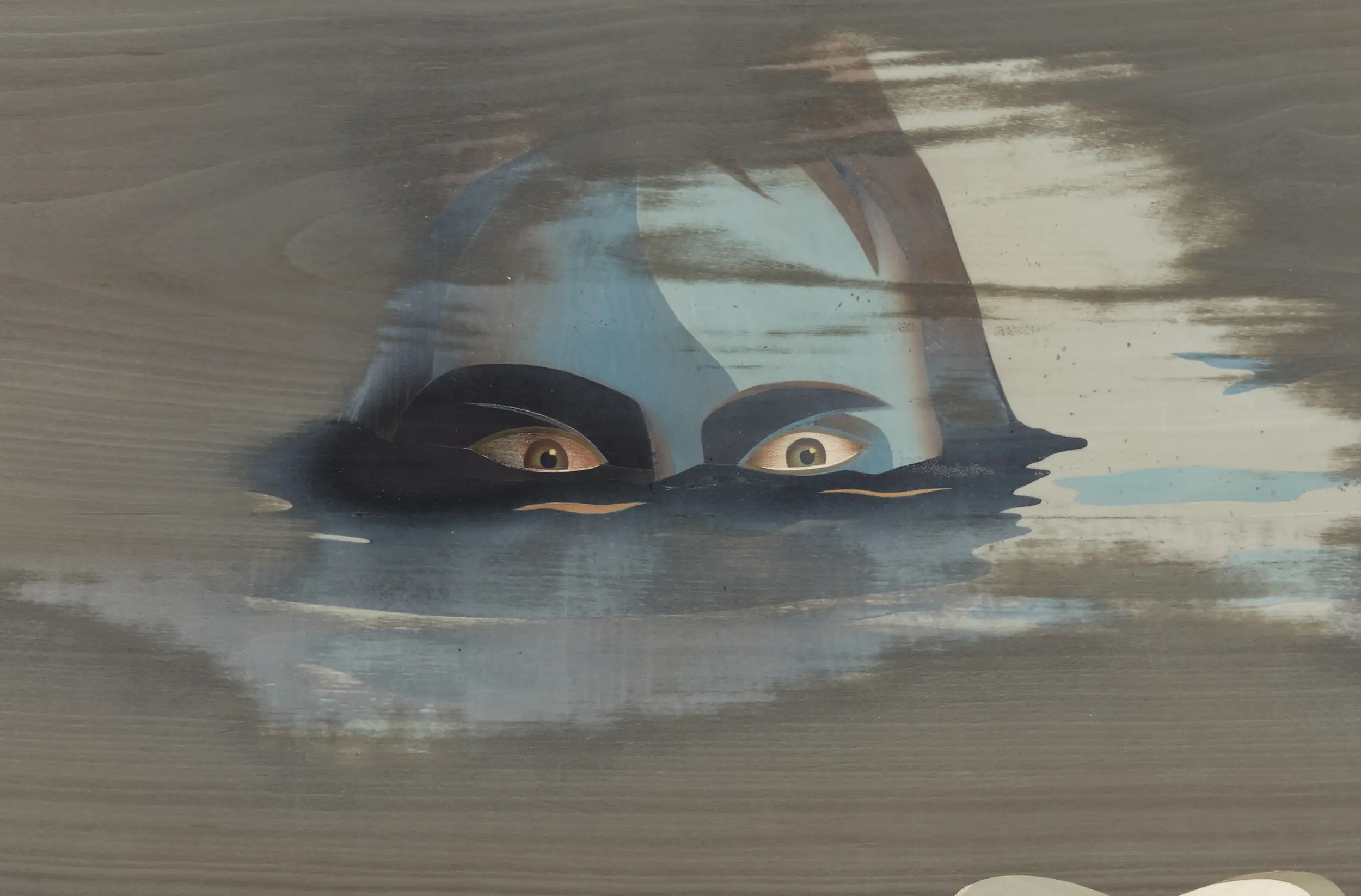
Press release
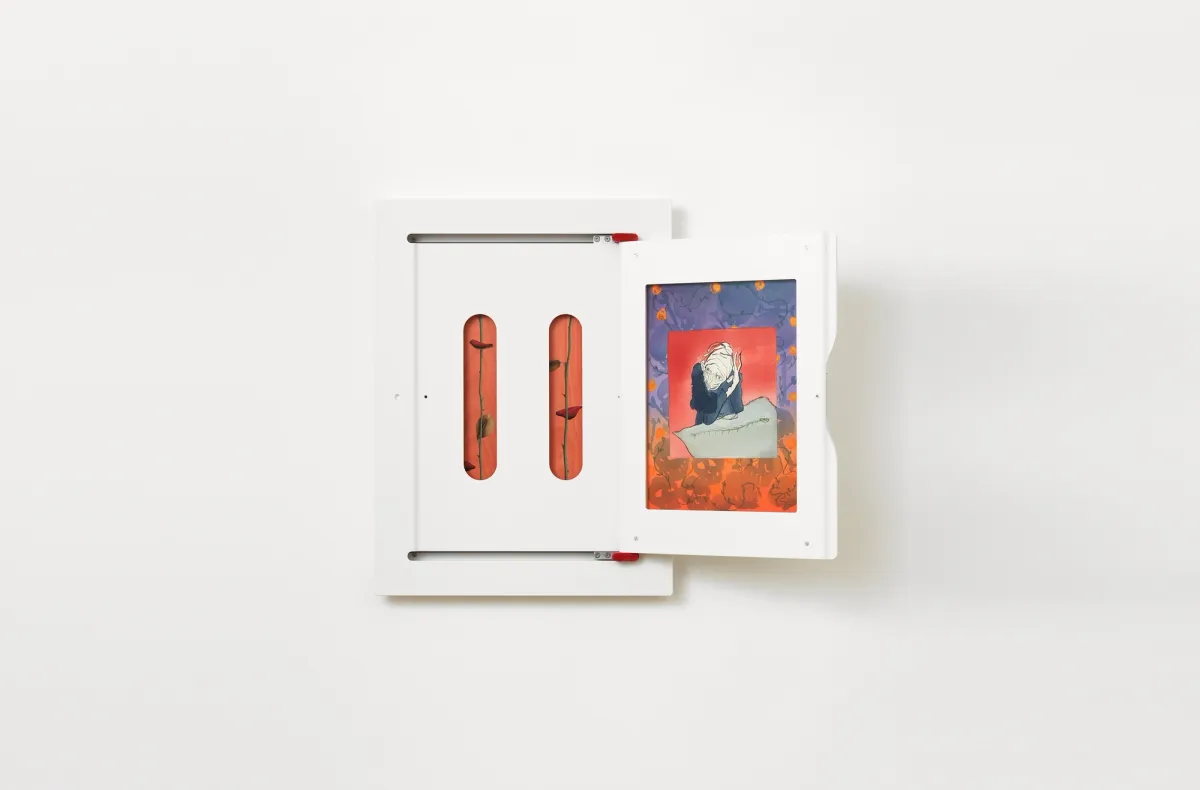
“If there is one quality which more than another marks the demand of the present day it is the requirement of novelty. In every direction the question which is asked is not, "Is this fresh thing good? Is it appropriate to, and well-fitted for, its intended uses?" but "Is it novel?" And the constant change of fashion sets a premium upon the satisfaction of this demand and enlists the commercial instinct on the side of perpetual change. While there are directions in which this desire is not altogether harmful, since at least many monstrosities offend our eyes but for a short time, a full compliance with it by the designer is likely to prove disastrous to his reputation, and recent phases in which an attempt has been made to throw aside as effete and outworn the forms which have gradually grown with the centuries, and to produce something entirely fresh and individual, have shown how impossible it is at this. “period of the world's history to dispense with tradition, and, escaping from the accumulated experience of the race, set forth with childlike naïveté. Careful study of these experiments discloses the fact that in as far as they are successful in proportion and line they approach the successes of previous generations, and that the undigested use of natural motifs results not in nourishment but in nightmare.
The object aimed at by this series of handbooks is the recall of the designer and craftsman to a saner view of what constitutes originality by setting before them something of the experience of past times, when craft tradition was still living and the designer had a closer contact with the material in which his design was carried out than is usual at present. Since both design and craftsmanship as known until the end of the 18th century were the outcome of centuries of experience of the use of material and of the endeavour to meet daily requirements, it may be justly called folly to cast all this aside as the fripperies of bygone fashion which cramp “the efforts of the designer, and attempt to start afresh without a rag of clothing, even if it were possible. At the same time it is not intended to advocate the direct copyism of any style, whether regarded as good, bad, or indifferent. Some minds find inspiration in the contemplation of natural objects, while others find the same stimulus in the works of man. The fashion of present opinion lays great stress upon the former source of inspiration, and considers the latter heretical, while, with a strange inconsistency, acclaiming a form of design based upon unnatural contortions of growth, and a treatment which is often alien to the material. It is the hope of the author to assist the second class of mind to the rivalling of the ancient glories of design and craftsmanship, and perhaps even to convert some of those whose talents are at present wasted in the chase of the will-o'-the-wisp of fancied novelty and individuality. Much of what appears to the uneducated and ill-informed talent as new is really but the re-discovery of motifs which have been tried and abandoned by bygone masters as unsuitable, and a greater “acquaintance with their triumphs is likely, one would hope, to lead students, whether designers or craftsmen, to view with disgust undigested designs indifferently executed which have little but a fancied novelty to recommend them.”
From
Intarsia and Marquetry
Frederick Hamilton Jackson
1903
Modern Art is pleased to announce an exhibition of new works by Sanya Kantarovsky and Camille Blatrix at the gallery’s Bury Street space. This marks the first collaboration between the two artists.
While visiting Japan between 2018 and 2019, Kantarovsky developed an edition of traditional Ukiyo-e woodblock prints together with the Adachi Hanga Institute of Printmaking in Tokyo. Here, Kantarovsky’s prints are housed individually in frames fabricated out of Corian by Camille Blatrix. The frames are embedded with handcrafted wood marquetry pieces, each decorative element responding to the prints they encase. Reminiscent of bivalve shells, the frames are designed with revolving exterior faces, offering optional protection or exposure throughout the course of the exhibition.
Sanya Kantarovsky (b. 1982, Russia) lives and works in New York State. He studied painting at the Rhode Island School of Design in Providence, RI and received his MFA at the University of California, Los Angeles. Kantarovsky’s work has been the subject of solo exhibitions at Kunsthalle Basel in Switzerland (2018) and the Fondazione Sandretto Re Rebaudengo in Turin, Italy (2017- 2018). His comprehensive monograph entitled No Joke was co-published by Studio Voltaire and Koenig Books in 2016. Kantarovsky’s works can be found in such prestigious museum collections as the Hirshhorn Museum and Sculpture Garden, Washington D.C.; the Institute of Contemporary Art/Boston; the Hammer Museum, Los Angeles; Los Angeles County Museum of Art, Los Angeles; Tate Modern, London; and the Whitney Museum of American Art, New York.
Camille Blatrix (b. 1984, France) lives and works in Paris. He graduated from the École Nationale Supérieure des Beaux-Arts in Paris in 2011. Blatrix has an upcoming solo exhibition at Balice Hertling, Paris (2021). He has recently presented solo exhibitions at Andrew Kreps Gallery, New York (2021, 2017); Kunsthalle Basel (2020); Fondation Hermès, Brussels (2019); Lafayette Anticipations, Paris (2019); BMW Open Work, Frieze London (2019); Taylor Macklin, Zurich (2018); Balice Hertling (2017, 2014); and CCA Wattis, San Francisco (2016), among others. His work has been included in group shows at Balice Hertling, Paris (2020, 2016); Fri Art, Fribourg (2019); Musée d’art Moderne de Paris (2019); Palais de Tokyo, Paris (2018); Musée régional d’art contemporain Occitanie, Sérignan (2018); and Hessel Museum of Art at CSS Bard, New York (2018). In 2014, he received the Prix Fondation d’entreprise Ricard, and in 2015 he participated in the Lyon Biennale. Notable public acquisitions include: Pinault Foundation, Paris, France; Centre Georges Pompidou, Paris, France; CNAP, France; Lafayette Anticipations, Paris, France; Aïshti Foundation, Beirut, Lebanon.